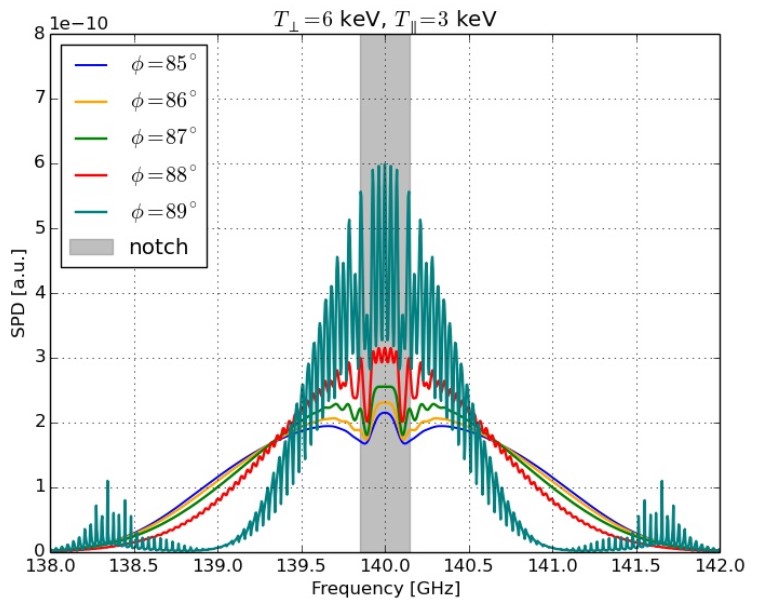The main objective of the W7-X experiment in Greifswald, Germany, is to demonstrate reactor relevance of stellarators by confirming the effectiveness of the optimization and achieving steady state operation of 30 minutes. Whether this objective has been achieved is a question which can be answered once the data gathered by the means of plasma diagnostics are analysed and evaluated. For this reason plasma diagnostics are really the core of fusion research. Most of the diagnostic methods are based on observing the particles and radiation coming out of the plasma. Various wave plasma phenomena such as absorption, reflection, refraction, attenuation of radiation as well as ionization of neutral particles, particle collisions etc. make diagnostics challenging to operate and make data analysis difficult as many effects and uncertainties need to be accounted for. Each fusion experiment features a collection of designated diagnostic systems which measure different plasma parameters. The number of different diagnostics adds greatly to the complexity of fusion experiments and it is not a desirable situation for future reactors which need robust real time measurements of parameters monitoring the reactor performance and triggering control feedback systems. Development and improvement of diagnostics which can provide measurements of a variety of parameters is required. This work was conducted at Wendelstein 7-X and concerns the development of a powerful microwave diagnostic unique in its capability to measure a number of important plasma parameters simultaneously - collective Thomson scattering.

